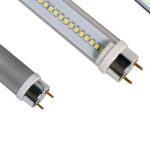Calculating Energy Costs: How Much Does It Cost to Run a 60 Watt LED Light Bulb for 24 Hours?
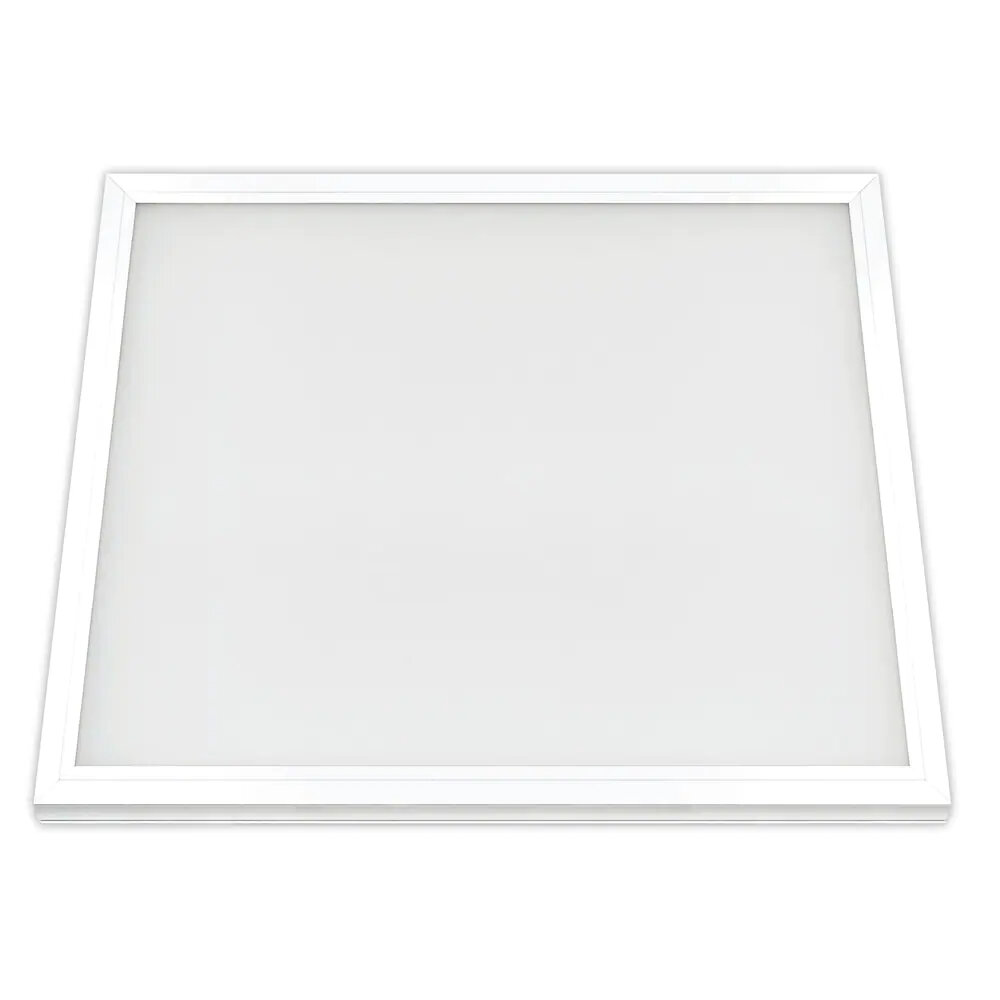
In today’s world, where energy consumption is at an all-time high, calculating the costs of energy usage has become increasingly important. Whether it is for personal or commercial use, understanding how much energy is consumed and how much it costs can help us make informed decisions about how to use it efficiently. One of the most common forms of energy consumption is lighting, and with the rise of LED light bulbs, it has become easier to save energy and reduce costs. In this article, we will explore how much it would cost to run a 60 Watt LED light bulb for 24 hours, and how to calculate energy costs in general. LED light bulbs are becoming increasingly popular due to their energy efficiency and longevity. Unlike traditional incandescent bulbs, LED bulbs consume less energy, which translates to lower energy bills. However, it is important to understand how much energy they consume and how much it costs to operate them. In this article, we will use a 60 Watt LED light bulb as an example and calculate how much it would cost to run it for 24 hours. We will also discuss how to calculate energy costs based on the wattage of the bulb, the cost of electricity, and the number of hours of use. Whether you want to save money on your energy bills or reduce your carbon footprint, understanding energy costs is an essential part of responsible energy consumption.
Calculating energy costs is an essential step towards achieving energy efficiency and reducing energy bills. It enables individuals and businesses to understand how much energy they consume, how much it costs, and how they can reduce energy consumption to save money. By calculating energy costs, one can identify the appliances or equipment that consume the most energy and make informed decisions on how to reduce their energy consumption. It also helps in making decisions on the best energy-efficient appliances to purchase, which can save money in the long run. Energy costs are a significant expense for many households and businesses, and by calculating them, people can take proactive steps to reduce their energy consumption and save money. Therefore, it is crucial to calculate energy costs for every appliance or equipment, including LED light bulbs, to make informed decisions that can lead to cost savings and energy efficiency.
The article \Calculating Energy Costs: How Much Does It Cost to Run a 60 Watt LED Light Bulb for 24 Hours\ aims to educate readers on how to calculate energy costs for commonly used electronic devices, specifically LED light bulbs. The article breaks down the formula for calculating energy costs and provides real-life examples to help readers better understand the process. By doing so, the article hopes to promote energy efficiency and encourage readers to make more informed decisions when it comes to their energy consumption. Through its informative and practical approach, this article emphasizes the importance of being mindful of our energy usage and its impact on our environment and wallets.
Understanding Energy Costs
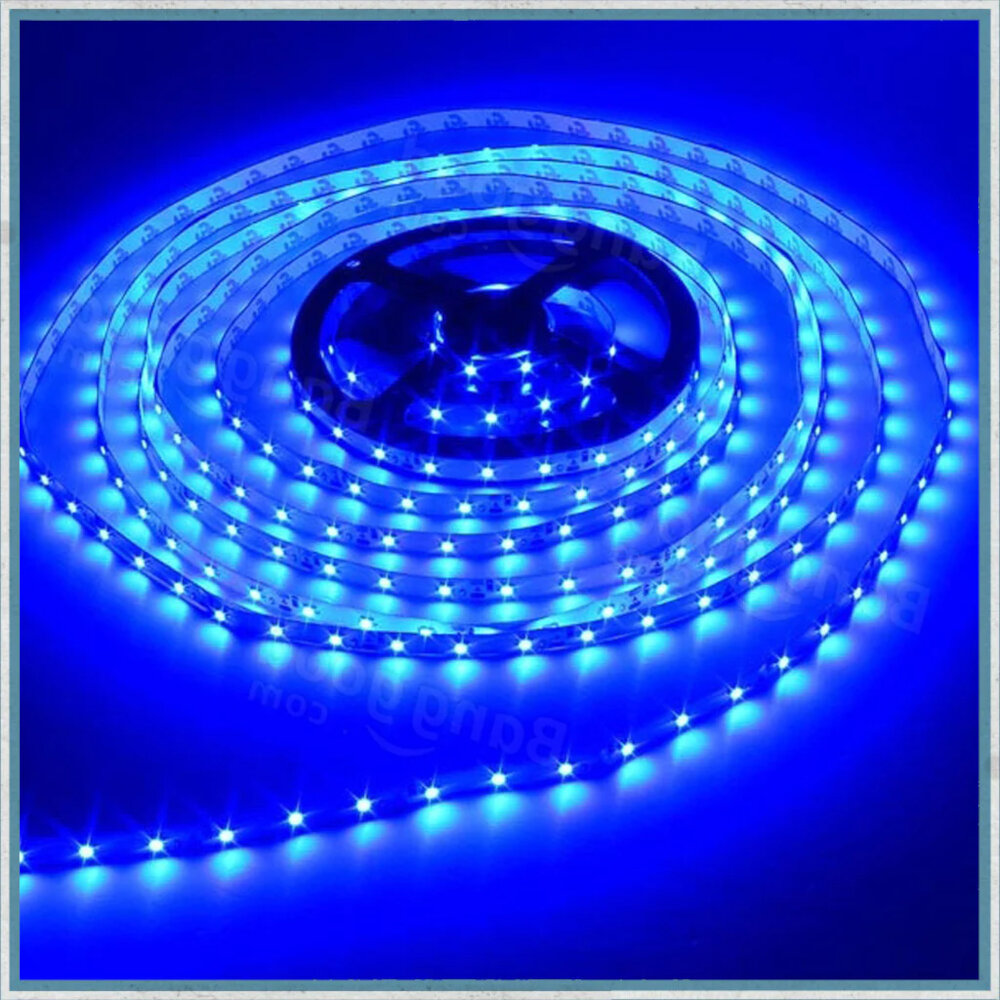
One of the most significant expenses for households is their energy bills. Understanding energy costs is essential to manage and reduce one’s energy consumption. Energy costs are determined by the rate at which energy is consumed, which is measured in kilowatt-hours (kWh). The cost of energy varies depending on the source of energy and the region, with some regions having higher energy rates than others. By understanding energy costs and managing energy consumption, households can significantly reduce their energy bills. When calculating energy costs, it is important to consider the energy efficiency of appliances and devices. Energy-efficient devices consume less energy, which ultimately results in lower energy bills. LED light bulbs are an excellent example of energy-efficient devices. LED bulbs consume less energy than traditional incandescent bulbs and last longer, reducing the need for frequent replacements. By switching to LED bulbs, households can significantly reduce their energy consumption and costs. Understanding the energy consumption of appliances and devices and making informed decisions regarding energy-efficient options can help households reduce their energy bills while also contributing to environmental conservation.
Energy costs refer to the financial expenses incurred when using energy to power appliances or lighting in a home or commercial setting. These costs are typically measured in kilowatt-hours (kWh) and are calculated by multiplying the energy consumed by the unit price of electricity. Energy costs are influenced by several factors, including the type of energy source, the efficiency of the appliance or lighting, and the duration of use. As the world becomes more energy-conscious, it is essential to consider the impact of energy consumption on the environment and the economy. By understanding energy costs, consumers can make informed decisions about their energy usage and take steps to reduce their carbon footprint.
Energy costs can be influenced by numerous factors, including global demand for fossil fuels, geopolitical tensions that affect oil production, and the stage of the economic cycle. In addition, weather patterns can have a significant impact on the cost of energy, with extreme temperatures leading to increased energy consumption for cooling or heating purposes. The cost of energy production and distribution infrastructure, such as pipelines and power grids, can also have a significant impact on energy costs. Finally, government policies and regulations, such as taxes and subsidies, can affect the cost of energy by influencing the supply and demand of various energy sources. All of these factors and more can play a role in the final cost of energy, making it a complex and multifaceted issue.
There are several types of energy sources, including fossil fuels such as coal, oil, and natural gas, as well as renewable sources such as solar, wind, hydro, and geothermal. Fossil fuels are non-renewable and contribute to air pollution and climate change, while renewable sources are sustainable, clean, and have a low impact on the environment. Solar energy is derived from the sun and can be captured through solar panels, while wind energy is generated by the movement of air and can be harnessed through wind turbines. Hydro energy is produced by the flow of water, either from rivers or from tides, and geothermal energy is generated from the heat of the earth’s core. Each energy source has its own pros and cons, but it is important to consider the environmental impact and long-term sustainability of each option when calculating energy costs.
Calculating Energy Costs
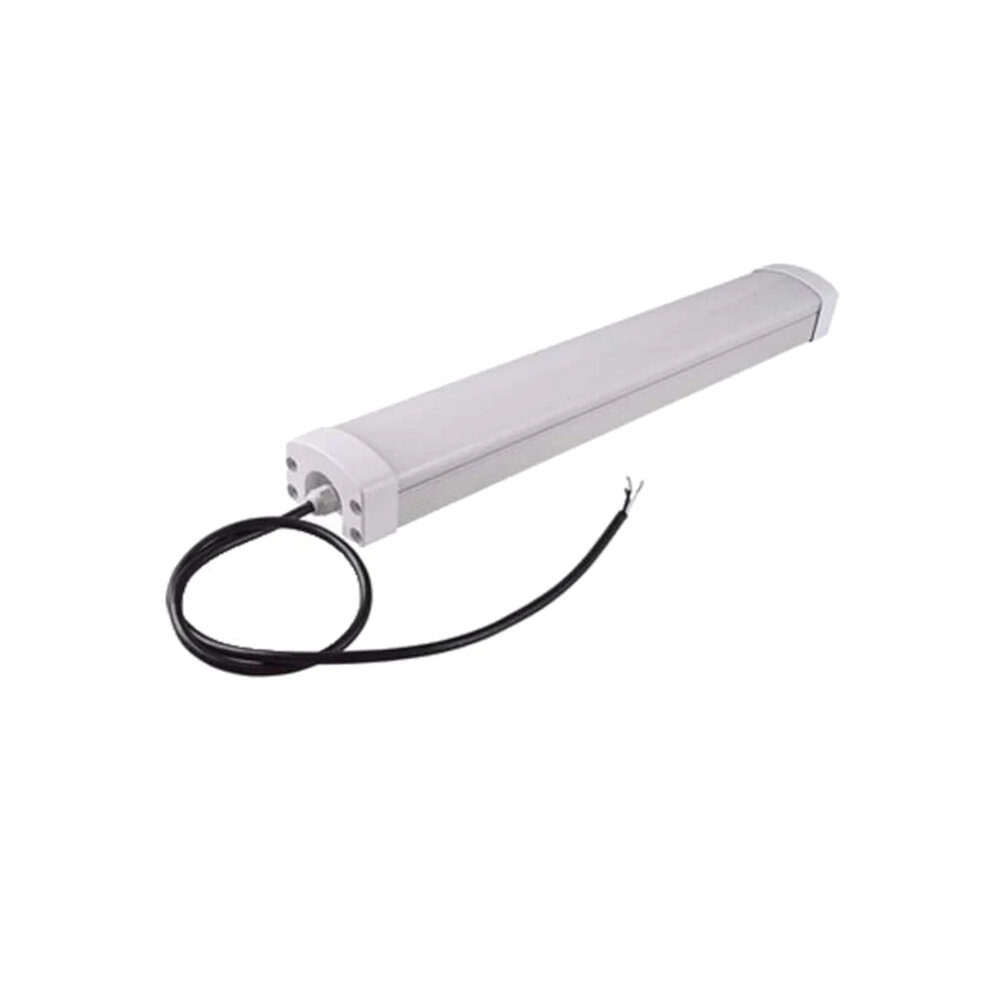
Calculating energy costs can be a daunting task, but it is an essential one that helps us understand how much money we are spending on electricity. The first step in calculating energy costs is to determine the wattage of the appliance or light bulb you want to calculate. In this case, we are looking at the cost of running a 60-watt LED light bulb for 24 hours. Once you have determined the wattage, you can move on to the next step, which is to calculate the kilowatt-hour (kWh) usage. To calculate kWh, you need to divide the wattage by 1000 and then multiply it by the number of hours the appliance or light bulb will be in use. In this case, the calculation would be (60/1000) x 24 = 1.44 kWh. The next step in calculating energy costs is to determine the cost per kWh charged by your electricity provider. This information can be found on your electricity bill or by contacting your provider. Once you have this information, you can multiply the cost per kWh by the kWh usage to determine the total cost. For example, if your electricity provider charges $0.12 per kWh, the cost of running a 60-watt LED light bulb for 24 hours would be $0.17. Calculating energy costs can help you make informed decisions about your electricity usage and save money on your electricity bill.
The calculation of energy costs involves various factors, such as the type of energy source, the energy consumption rate, and the unit price of energy. To determine the cost of running a 60 watt LED light bulb for 24 hours, one needs to first calculate the total energy consumption of the bulb, which is 60 watts multiplied by 24 hours, resulting in 1,440 watt-hours. This figure is then divided by 1,000 to convert it into kilowatt-hours (kWh). Next, the unit price of energy is multiplied by the total number of kWh consumed to obtain the total energy cost. It is important to keep track of energy costs since they can significantly impact one’s budget and the environment.
When it comes to calculating energy costs, there are several factors to consider. The formula for calculating energy costs involves multiplying the power consumption of the device in watts by the number of hours it is used and then multiplying that result by the cost of electricity per kilowatt-hour. This formula can be applied to any electrical device, including LED light bulbs. For instance, if you want to calculate the cost of running a 60-watt LED light bulb for 24 hours, you need to multiply 60 by 24 to get the total watt-hours consumed. Then, divide that number by 1000 to convert it to kilowatt-hours. Finally, multiply the result by the cost of electricity per kilowatt-hour, which varies depending on your location and energy provider. By using this formula, you can get an accurate estimate of how much it will cost you to run any electrical device and make informed decisions about your energy consumption.
Calculating the energy costs of running a 60 watt LED light bulb for 24 hours requires a simple mathematical formula. First, find the kilowatt-hour (kWh) usage by dividing the wattage by 1,000. In this case, 60 watts divided by 1,000 equals 0.06 kWh. Multiply the kWh usage by the number of hours the bulb is in use, which is 24 hours in this scenario. Therefore, 0.06 kWh multiplied by 24 hours equals 1.44 kWh. To determine the energy cost, multiply the kWh usage by the electricity rate in your area. Assuming an electricity rate of $0.15 per kWh, running a 60 watt LED light bulb for 24 hours would cost approximately $0.22. However, it’s important to note that energy rates vary by location and time of day, so it’s always best to check with your electricity provider for an accurate estimate.
Reducing Energy Costs
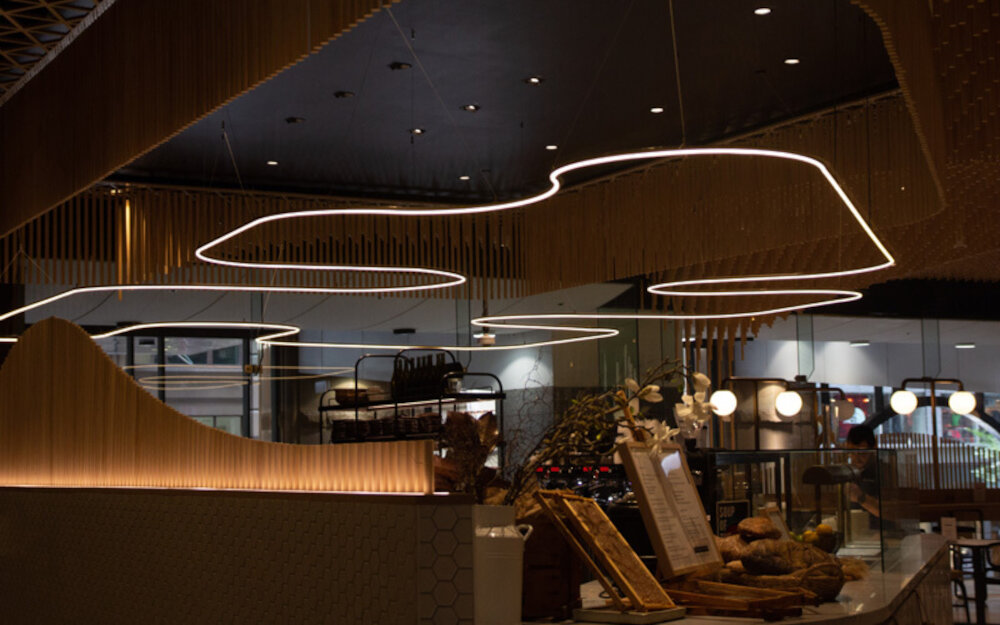
Reducing energy costs is a crucial aspect of environmental sustainability and financial stability. There are various ways to reduce energy costs, ranging from simple changes in daily habits to advanced technological solutions. One of the most effective ways to reduce energy costs is to switch to energy-efficient appliances, such as LED light bulbs. LED bulbs consume much less energy than traditional incandescent bulbs, while providing the same level of brightness and durability. For instance, a 60-watt LED bulb consumes only 9-10 watts of power, which means it can run for 24 hours at a fraction of the cost of a traditional bulb. Moreover, LED bulbs have a longer lifespan, which means they need to be replaced less frequently, resulting in further cost savings. Apart from switching to energy-efficient appliances, there are other ways to reduce energy costs, such as reducing standby power consumption, using natural light and ventilation, and optimizing heating and cooling systems. To reduce standby power consumption, one can unplug appliances when they are not in use or use smart power strips that automatically turn off appliances when not in use. Using natural light and ventilation can reduce the need for artificial lighting and air conditioning, respectively, resulting in significant energy savings. Optimizing heating and cooling systems involve setting the temperature at optimal levels, using programmable thermostats, and insulating the building to prevent heat loss. By adopting these measures, one can significantly reduce energy costs, while also contributing to environmental sustainability.
Reducing energy costs is not only good for your wallet, but it is also beneficial for the environment. One way to reduce energy costs is to switch to energy-efficient light bulbs such as LED bulbs, which use less electricity and last longer than traditional incandescent bulbs. Another tip is to unplug electronics when they are not in use, as even when turned off, they can still use energy in standby mode. Additionally, adjusting your thermostat by a few degrees can also make a significant impact on your energy bill. Finally, consider upgrading to energy-efficient appliances and installing insulation to keep your home at a comfortable temperature without wasting energy. By implementing these tips, you can save money on your energy bill while reducing your carbon footprint.
There are several energy-efficient alternatives to traditional light bulbs that can drastically reduce energy costs. LED (Light Emitting Diode) bulbs are becoming increasingly popular due to their low energy consumption and long lifespan. They use only a fraction of the energy that traditional incandescent bulbs use, yet emit the same amount of light. Compact fluorescent bulbs (CFLs) are another efficient option, using approximately 75% less energy than incandescent bulbs. Additionally, CFLs can last up to 10 times longer than traditional bulbs. These alternatives may have a slightly higher upfront cost, but the long-term energy savings make them a smart investment for those looking to reduce their energy bills.
Reducing energy costs not only helps save money but also has a positive impact on the environment. The production of energy usually involves burning fossil fuels, which releases greenhouse gases that contribute to global warming. By reducing energy consumption, we can decrease the amount of fossil fuels burned, thereby reducing greenhouse gas emissions. Additionally, using energy-efficient appliances and lighting results in lower energy bills, leading to increased savings. Ultimately, reducing energy consumption is a win-win situation as it benefits both the environment and our wallets.
Calculating energy costs is a crucial aspect of managing finances and reducing one’s carbon footprint. By knowing how much energy is being consumed and at what cost, individuals can make informed decisions about their energy usage and identify opportunities to save money and energy. The process of calculating energy costs involves understanding the power consumption of appliances and electronics, as well as the cost of electricity per kilowatt-hour (kWh) in a given area. With this knowledge, individuals can make adjustments to their energy usage, such as using energy-efficient light bulbs or unplugging electronics when not in use, to reduce their overall energy costs and environmental impact. Overall, taking the time to calculate energy costs is a valuable investment in both financial and environmental sustainability.
In conclusion, reducing energy costs not only saves you money but also benefits the environment. In addition to using energy-efficient light bulbs, there are other simple steps you can take to reduce your energy consumption, such as unplugging electronics when not in use and using a programmable thermostat to regulate your home’s temperature. Lower energy consumption also means less greenhouse gas emissions, which contribute to global warming and climate change. By taking action to reduce your energy costs, you are not only helping your wallet but also making a positive impact on the planet.
Conclusion
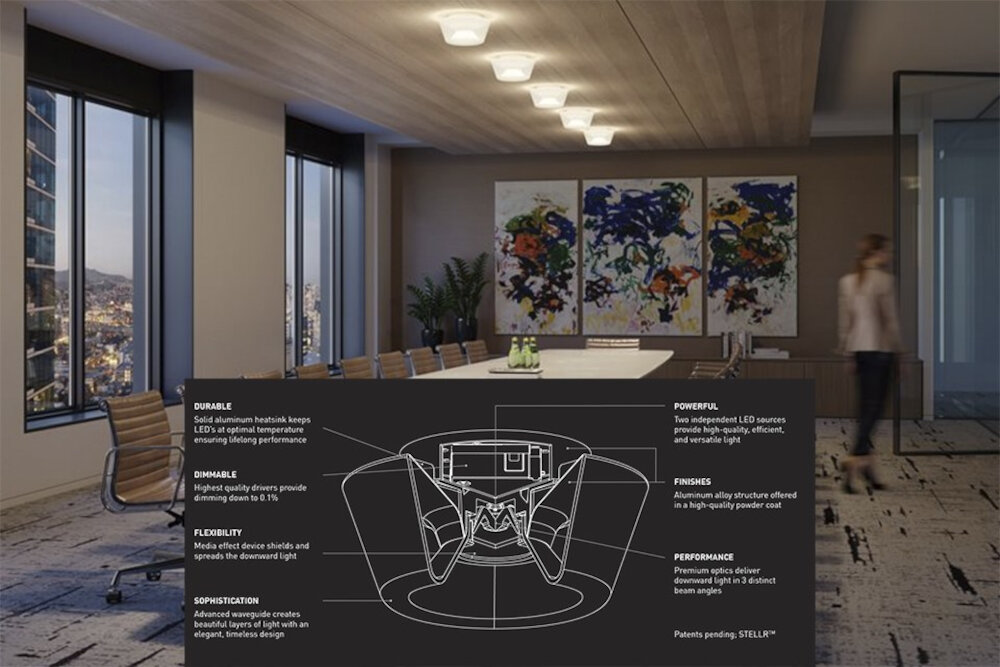
In conclusion, the cost of running a 60 Watt LED light bulb for 24 hours may seem like a daunting expense, but it is actually quite economical. Thanks to the energy efficiency of LED bulbs, the cost of electricity required to keep them running is far lower than that of traditional incandescent bulbs. With the rising costs of energy, it’s more important than ever to consider the long-term savings that LED bulbs can offer. By being mindful of our energy consumption and switching to more efficient lighting options, we can reduce our environmental impact while also saving money on our energy bills. So, let’s make a conscious effort to make smarter choices when it comes to our energy usage and invest in more sustainable alternatives like LED bulbs.



